Indoor conifers: types, rules of care and transplantation
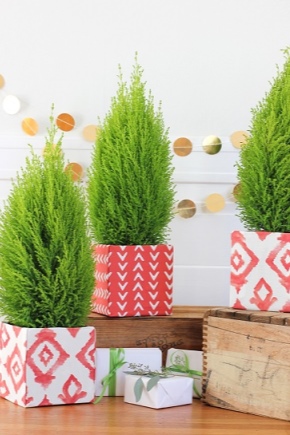
Indoor conifers are amazing evergreens to decorate your home. Outwardly, they look like miniature Christmas trees and may well replace the New Year's beauty. And after the end of the holiday, they will decorate your home and continue to fill the space with a magnificent coniferous aroma.

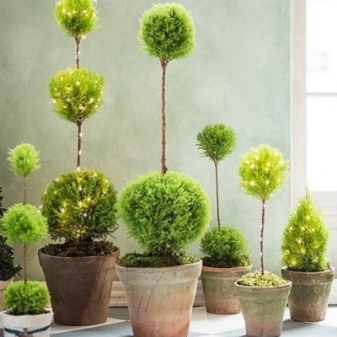
Description
Indoor conifers for the most part are demanding on conditions of maintenance and care, but the result is worth all the effort. Wherein home conifers are popular not only for their decorative function. They are incredibly useful for the human respiratory system, as they produce oxygen and absorb various harmful substances from the air. The main feature of indoor conifers is their modified foliage, similar to needles. It is for this reason that they evaporate little moisture and do not shed foliage for the winter.
Conifers come in both tree and bush forms. The wood contains resin, which has healing properties and a specific aroma. Conifers are characterized by a powerful root system, this should be taken into account when choosing a pot for a plant. Their homeland is places with subtropical and temperate climates.
Dry air in apartments is not very suitable for them, so you should additionally create a favorable microclimate for them.
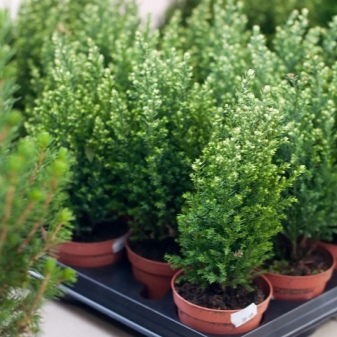
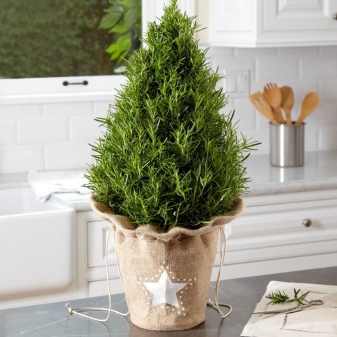
Views
Houseplants belonging to the conifer group have many varieties. Among them there are many attractive evergreen conifers. When choosing a specimen for the home, you should carefully study all the recommendations for caring for the plant. At home, they do not reach the same size as in their natural environment. In apartments, dwarf representatives of the species are more common. Here are the most popular and beautiful representatives of indoor conifers.
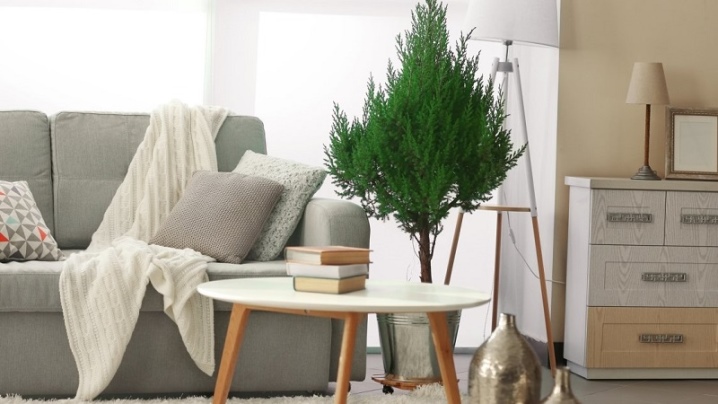
Araucaria
The Norfolk pine, or araucaria, is a slow-growing tree with a pyramidal crown and dark green needled leaves. In its natural habitat, the tree often reaches a height of 60 meters. Houseplants are significantly lower, a maximum of 1.5 meters. But even at home, you can independently grow a beautiful tree with interesting tetrahedral needles.
Araucaria should be placed away from the window. The fact is that the plant does not like direct sunlight. Araucaria is almost the only representative of conifers that tolerates warm wintering well in urban apartments.
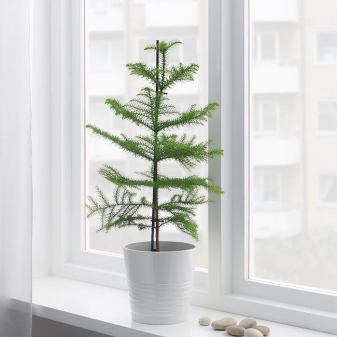
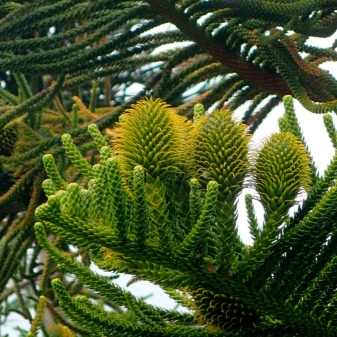
Cypress
Cypress is a rich green coniferous shrub. The needles have a light golden hue. One of the features of the culture is the fact that the cypress does not like the slightest changes in the conditions of detention at all. He can react painfully to a change of place, even if you just turn the flowerpot in the other direction.
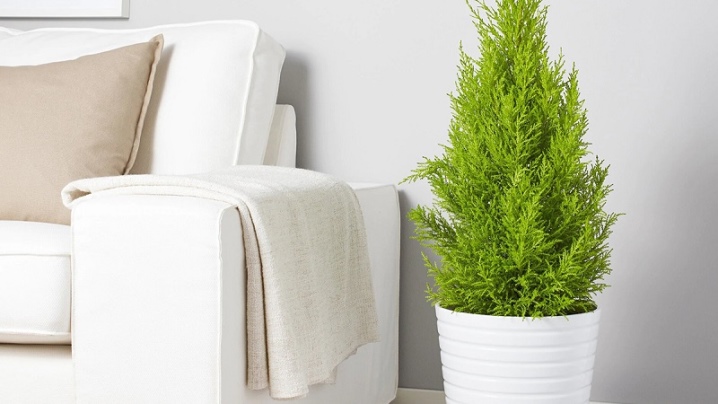
Cryptomeria
This is an incredibly beautiful coniferous tree, often reaching a height of 1.5-2 meters. The crown of the plant is neat, while it can be formed with your own hands. The needles are light green, with time they acquire a yellowish tint... Young needles are rather soft and become stiff with age.
A feature of cryptomeria is the presence of small cones that perfectly decorate the tree.
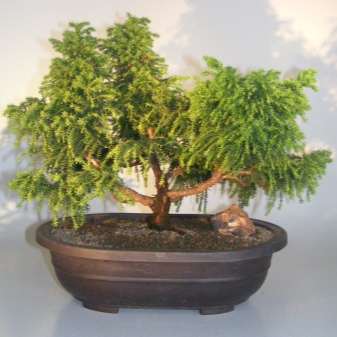
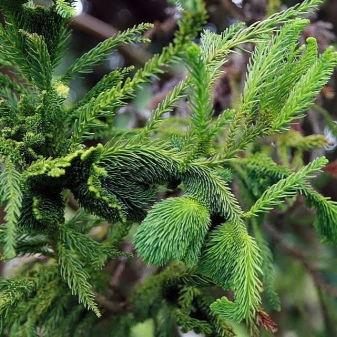
Juniper
Juniper is an incredibly popular coniferous plant for the home.The plant has soft neat needles, the shade of which directly depends on the variety. In indoor conditions, Siberian, Chinese and Cossack varieties are often grown. Juniper is very fond of sunlight, but not direct sunlight. In addition, the plant reacts negatively to a sharp change in temperature. Junipers are often used to form bonsai.
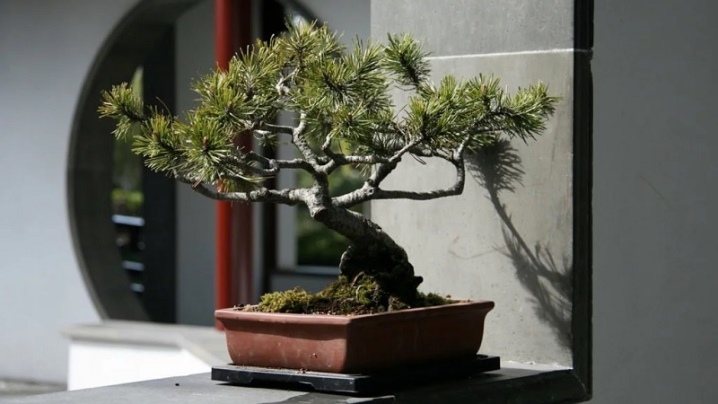
Thuja
Many varieties are grown at home, but western and folded ones are more common. The species differ in the shape of the crown, the shade of the needles and its softness. The branches of the thuja are flat, the needles are small, diamond-shaped. Cones are oblong, bent down. The young shrub is green in color; with age, they acquire a brown tint. Thuja leaves contain camphor oil. This also determines the characteristic pleasant aroma emanating from the plant.
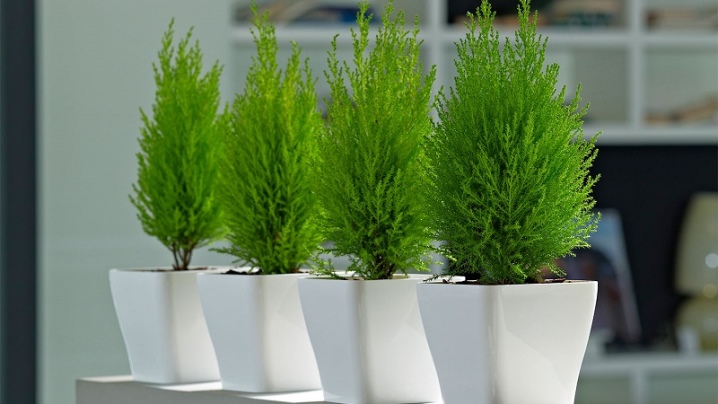
Subtleties of care
Each variety of indoor conifers in pots has specific care needs, but general recommendations can be distinguished.
- Conifers should be placed on the coolest windowsill in the house, preferably in the north.
- Avoid direct sunlight on the plant.
- In summer, the room temperature should be no more than 20-25 ° C, in winter - 10-15 ° C.
- Watering in the summer should be regular, while water stagnation in the soil and waterlogging should be avoided. In winter, watering is carried out approximately once a week.
- In order for the crown of coniferous ornamental plants to have a beautiful color and not turn yellow, it should be provided with a large amount of external moisture. This problem can be solved by spraying. It needs to be produced twice a day. Ephedra do not tolerate dry air well.
- Indoor conifers do not like to be disturbed. It is better not to touch them or move them from place to place unless absolutely necessary.
- In winter, conifers are at rest, so it is not recommended to feed with growth stimulants. They should be done in early March.
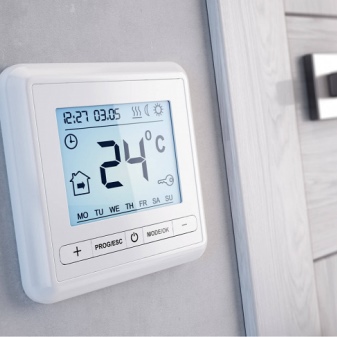
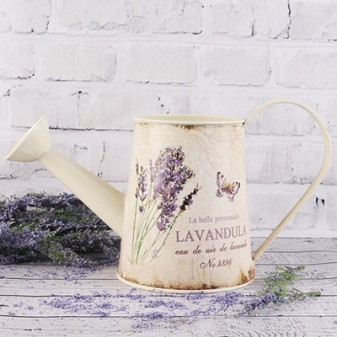
How to transplant?
Conifers should be transplanted in April or May, but not more often than once every 3 years. When choosing a pot, you need to take into account the possible size of the plant in 2-3 years. During transplantation, you need to take care of the root system, which takes a long time to recover in case of damage. You can not clean the root system from soil during transplantation. Ephedra is not suitable for universal soil for flowers or seedlings. They need more nutritious and lighter soil. It should contain coarse sand, pine-based earth and leaf. At the bottom of the pot, it is imperative to pour a layer of expanded clay drainage, on top of which several pieces of charcoal are laid out for disinfection.
During the transplant process, it is extremely important to prevent excessive deepening of the root collar. - it is strictly forbidden to bury it in the ground for conifers. This can lead to the death of the culture.
After transplanting, the plant must be placed for a while in a shaded place and create conditions for high humidity for it.
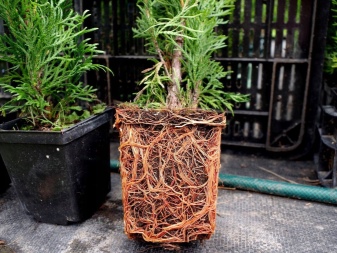

Growing errors
Growing coniferous indoor plants is a time consuming business, but if proper conditions are created, they will delight you with their beauty and magnificent coniferous aroma for many years. Here are the most common mistakes when growing indoor conifers:
- lack of regular spraying of the crown, especially in the hot summer period;
- non-compliance with a certain temperature regime;
- application of top dressing in winter;
- using undersized pots;
- excessive moving from place to place of the ephedra pot.
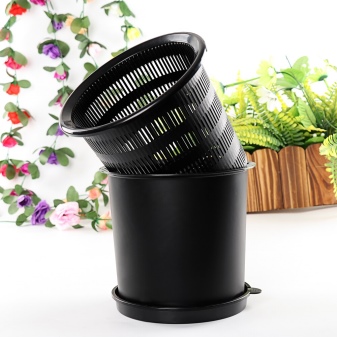

For information on how to keep conifers indoors, see the next video.































The comment was sent successfully.